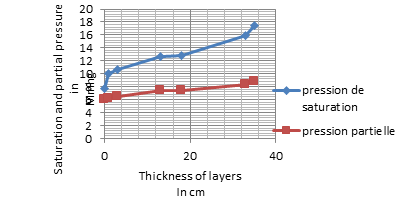Design and Simulation of a Heat Exchanger for the purpose of Air Conditioning a Space by a Canadian Well using Geothermal Energy
Main Article Content
Abstract
Geothermal energy, from the Greek geo (earth) and thermos (heat), is a word that designates both the science that studies the internal thermal phenomena of the terrestrial globe, and the technology that seeks to exploit it. By extension, geothermal energy also sometimes refers to geothermal energy derived from the energy of the Earth which is converted into heat. To capture the geothermal energy, a fluid is circulated in the depths of the Earth. This fluid can be that of a natural captive hot water ply, or water injected under pressure to fracture a hot and impermeable rock. In both cases, the fluid warms up and rises loaded with calories (thermal energy). These calories are used directly or partially converted into electricity. Geothermal energy is locally exploited to heat or dispose of hot water for millennia, for example in China, ancient Rome and the Mediterranean basin. Air conditioning or heating a room designed to maintain a desired temperature. This comfort is not free because it uses energy. The latter not only is expensive and its price is increasing. It is not also cleaner, since often it is a fossil fuel. In this context, and to make our contribution to the development of renewable energies, we chose the study of cooling a room by a Canadian well. The work presented here is designed around five chapters. After a literature review of geothermal, the computing elements of the system are discussed and then the heat balance is exposed. Subsequently the design, regulation and maintenance of our facility are exposed.

